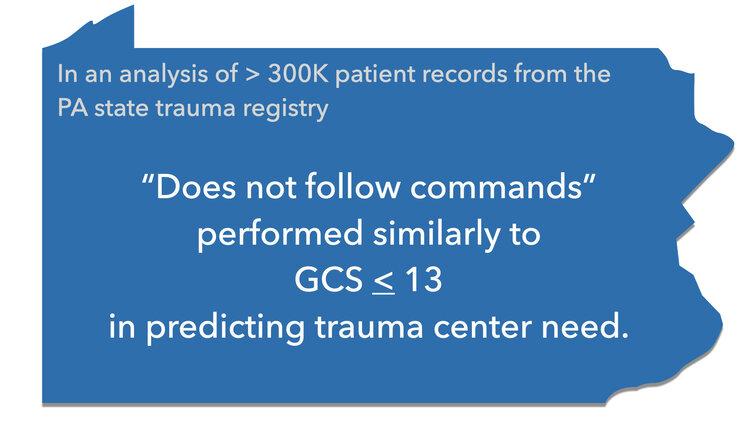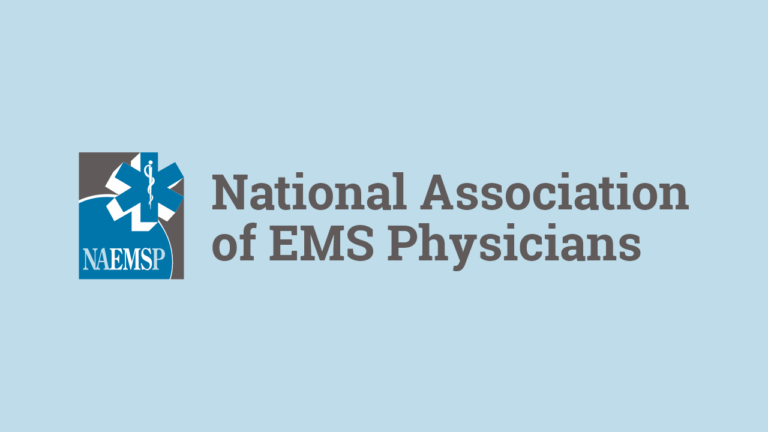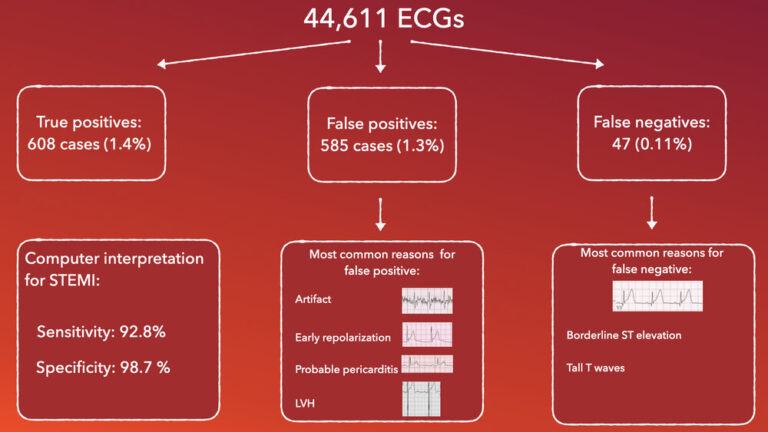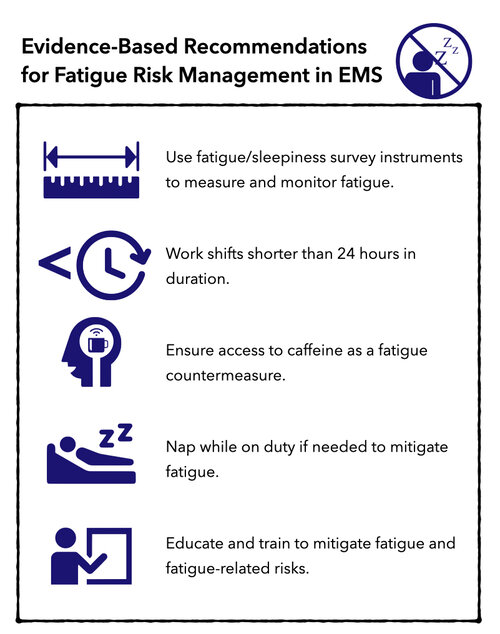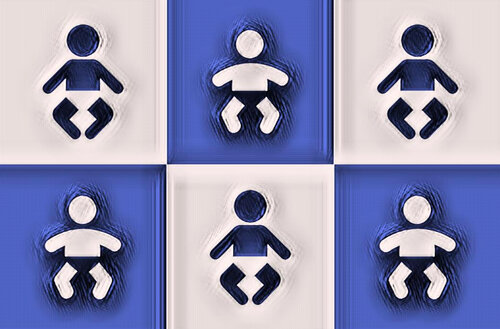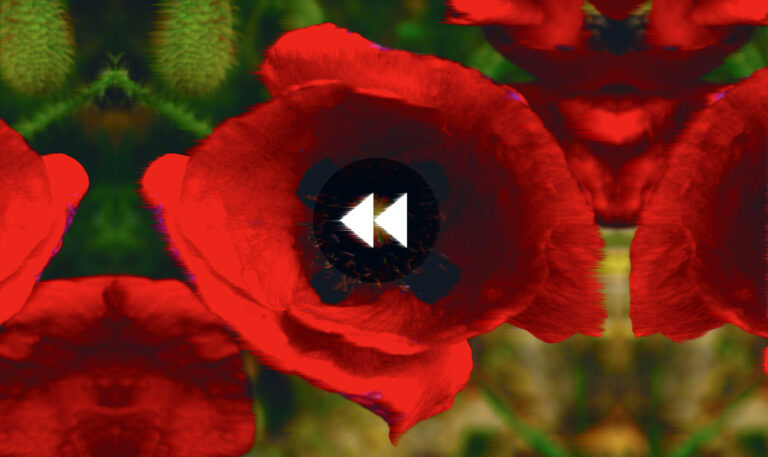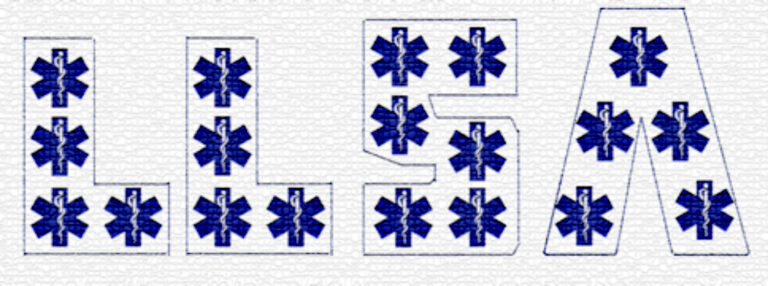
The 2020 EMS LLSA Article Summaries
The 2020 EMS LLSA Articles and test have been released by ABEM. The EMS MEd team & NAEMSP Education committee are happy to bring to you concise summaries of all 14 articles via the Article Bites section of the blog. Click on the article link to be connected to the article summary. 1. Jarvis JL,


